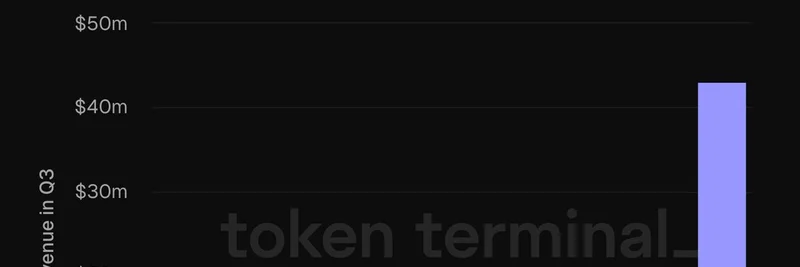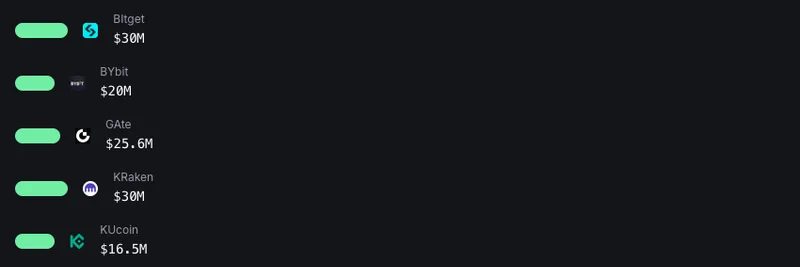In the fast-paced world of decentralized finance (DeFi), lending protocols are the backbone for borrowing and earning interest on crypto assets. These platforms let users lend out their tokens to earn yields or borrow against their holdings without traditional banks getting involved. Recently, Token Terminal, a go-to source for crypto analytics, dropped a insightful chart on X (formerly Twitter) highlighting the revenue leaders in the lending sector for Q3 2025.
The data paints a clear picture: Aave is dominating with revenues towering over $40 million, showcasing its robust user base and efficient operations across multiple blockchains. Hot on its heels are Maple Finance and Venus Protocol, rounding out the top three. Maple, known for its focus on institutional lending, pulled in around $10 million, while Venus, a key player on the BNB Chain, wasn't far behind with about $8 million.
Breaking Down the Top Performers
Let's dive into what makes these protocols stand out. Aave, often called the "granddaddy" of DeFi lending, offers features like flash loans—instant, uncollateralized loans that savvy traders use for arbitrage—and a wide range of supported assets. Its multi-chain presence, including Ethereum, Polygon, and more, helps it capture a massive share of the market.
Maple Finance is carving out a niche in under-collateralized lending for institutions. Think of it as bridging traditional finance with crypto, allowing creditworthy borrowers to access funds without over-collateralizing. This approach is gaining traction, especially as more real-world assets (RWAs) enter the blockchain space.
Venus Protocol, built on the BNB Chain, emphasizes speed and low fees, making it attractive for users in emerging markets. It supports a variety of assets, including stablecoins and meme tokens, which ties nicely into the volatile world of memecoins where quick borrowing can fuel rapid trades.
The Rest of the Pack
Further down the list, we see established names like Compound and newer entrants like Fluid and Euler. Compound, one of the pioneers, generated about $2 million, reflecting a steady but not explosive quarter. Euler, post its recovery from a 2023 hack, is showing signs of revival with around $4 million in revenue. These figures highlight the competitive nature of DeFi, where innovation and security are key to climbing the ranks.
Implications for Meme Token Enthusiasts
At Meme Insider, we're all about meme tokens, and this DeFi lending data has direct relevance. Many meme tokens thrive on liquidity provided by these lending platforms. For instance, borrowing against stable holdings to ape into the latest memecoin pump is a common strategy. Aave's dominance means more liquidity for cross-chain meme plays, while Venus's strength on BNB Chain could boost meme ecosystems there, like those inspired by Dogecoin or newer Solana-based hits.
As blockchain practitioners, keeping an eye on these revenues helps gauge the health of the DeFi sector, which underpins much of the meme token volatility and opportunity. If you're looking to enhance your knowledge base, check out Token Terminal's full dashboard for deeper dives here.
Looking Ahead
With Q4 underway, it'll be interesting to see if challengers like Spark or Moonwell can close the gap. Factors like interest rate changes, new asset integrations, and overall market sentiment will play big roles. Stay tuned to Meme Insider for more updates on how DeFi trends intersect with the wild world of meme tokens.




